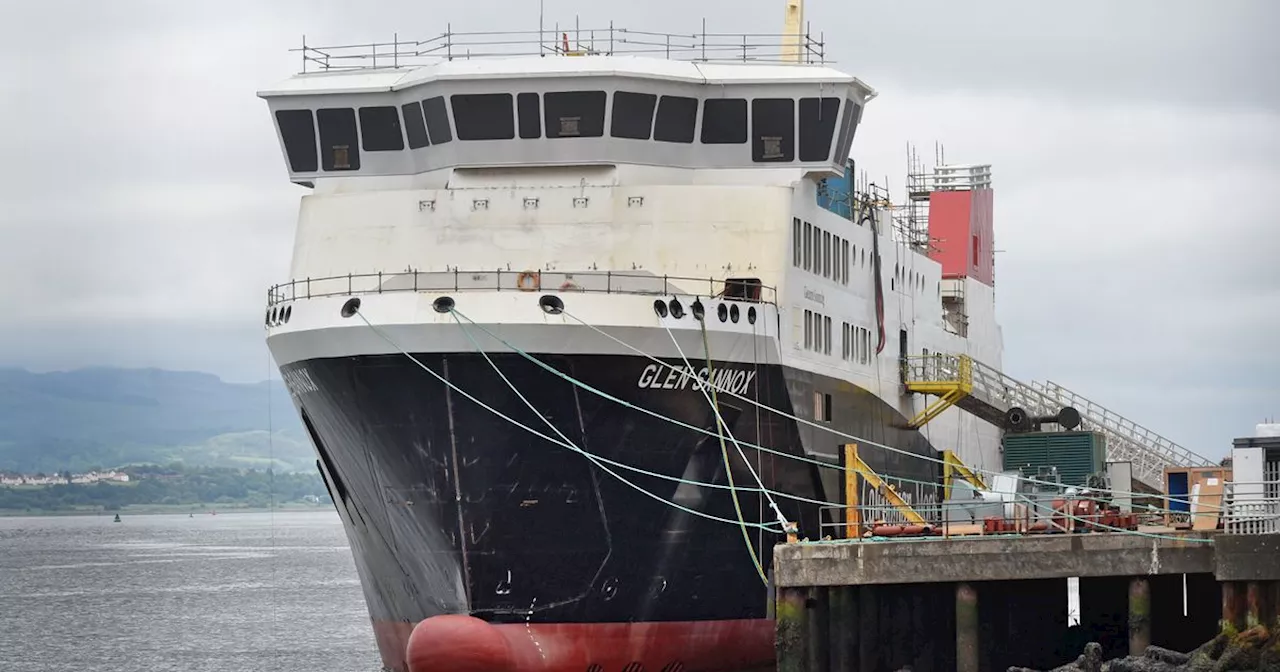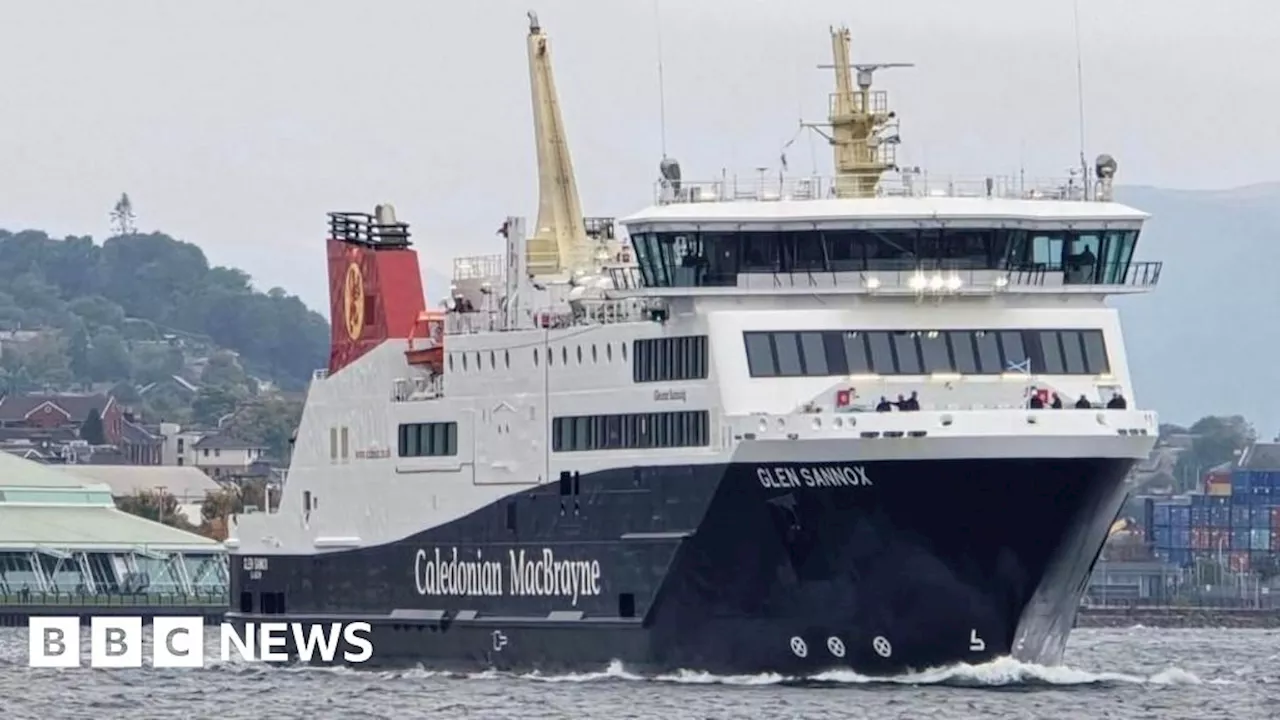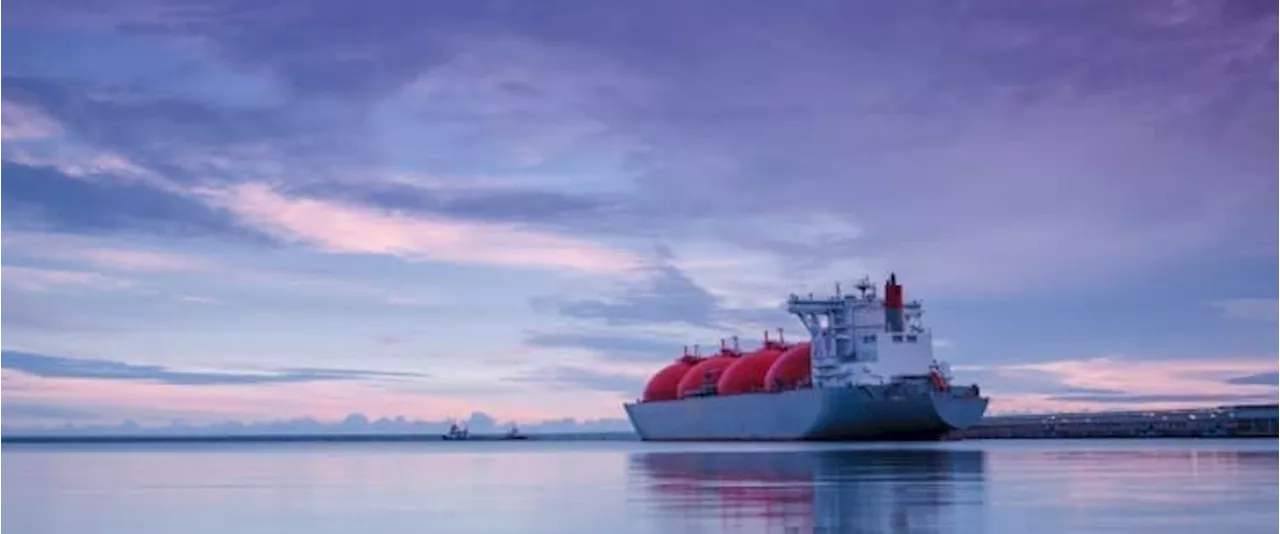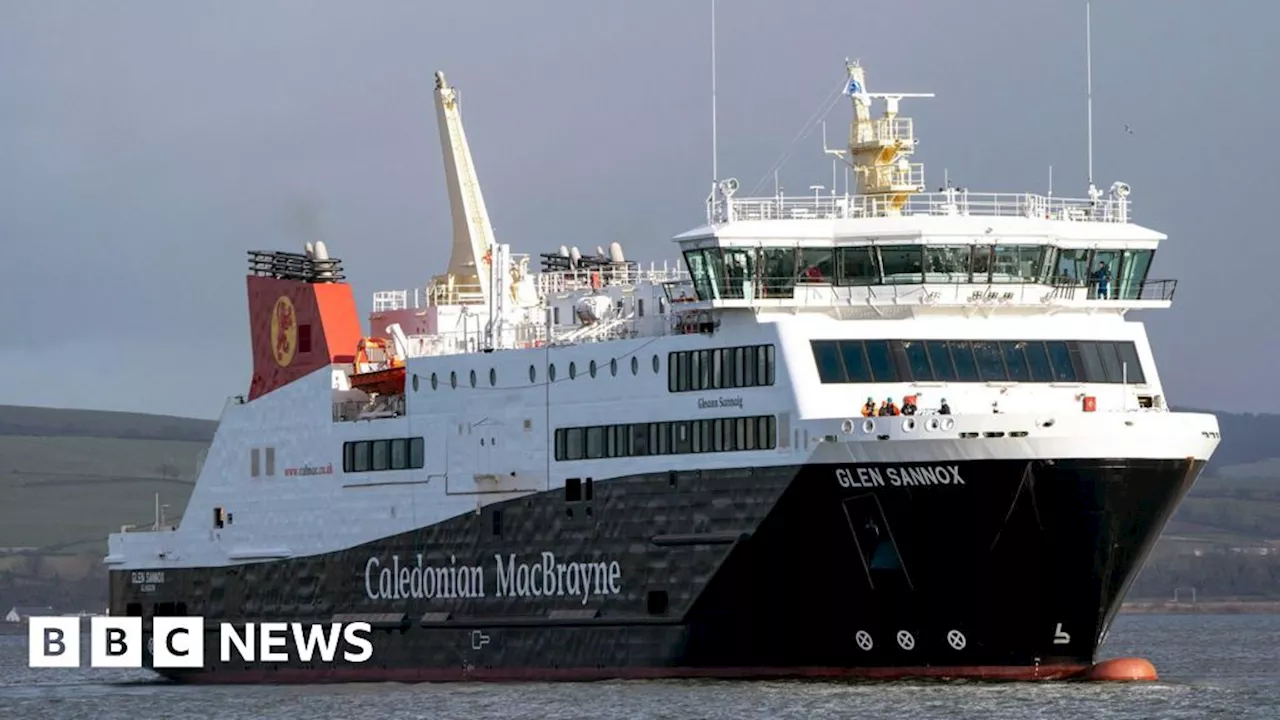CalMac's new 'green' ferry, MV Glen Sannox, is expected to have a larger carbon footprint than the diesel vessel it replaces, despite its dual-fuel capability. An emissions analysis reveals that Glen Sannox will emit over 10,000 tonnes of CO2 annually, compared to 7,700 tonnes for the older MV Caledonian Isles. The larger size and use of LNG fuel, which is less climate-friendly than previously thought, contribute to this difference. Experts suggest that running Glen Sannox on diesel, considering the 'upstream' carbon costs of LNG import, might be a more environmentally sound option.
The carbon footprint of a 'green' ferry soon to be deployed on CalMac's Arran service will be far larger than the 31-year old diesel ship that usually serves the route. An emissions analysis by CalMac has calculated MV Glen Sannox will emit 10,391 equivalent tonnes of CO2 a year compared with 7,732 for MV Caledonian Isles. The dual-fuel ferry has more car capacity but requires larger engines which also emit methane, a greenhouse gas with a far greater global warming effect than CO2.
Ferries procurement agency CMAL, which owns the ship, said the comparison was 'inaccurate' as Glen Sannox is a larger vessel. The size of Glen Sannox is a factor in its carbon footprint, but so too is the liquified natural gas (LNG) fuel which is less climate-friendly than previously claimed. One expert on transport emissions told BBC News that if the 'upstream' carbon cost of importing LNG from Qatar is included in the emissions calculation, it might be better to run the new ship on diesel. Prof Tristan Smith, from University College London's Energy Institute, said: 'In a best case scenario there's a negligible benefit of using LNG, and at worst there would be a deterioration.'Glen Sannox is the first ferry ever built in the UK capable of running on both LNG and marine gas oil (MGO), a low-sulphur type of diesel. At its launch in 2017, then first minister Nicola Sturgeon said it would contribute to 'Scotland's world-leading climate change goals'. But the LNG technology also added complexity. The Ferguson shipyard had to overcome many engineering and regulatory challenges before the ship was delivered last month, years late and over budget. The size of the ship also means it cannot berth at the usual mainland harbour at Ardrossan until a major redevelopment takes place. When it enters service next month, Glen Sannox will bring a significant increase in car capacity. It can carry 127 cars compared to about 90 for Caledonian Isle
CARBON FOOTPRINT FERRY LNG GREEN TECHNOLOGY EMISSIONS
United Kingdom Latest News, United Kingdom Headlines
Similar News:You can also read news stories similar to this one that we have collected from other news sources.
 Long-awaited ferry the Glen Sannox to enter service within weeks, says CalMacThe Glen Sannox was built at the beleaguered Ferguson Marine shipyard in Port Glasgow and was initially due to be delivered in 2018.
Long-awaited ferry the Glen Sannox to enter service within weeks, says CalMacThe Glen Sannox was built at the beleaguered Ferguson Marine shipyard in Port Glasgow and was initially due to be delivered in 2018.
Read more »
 Glen Sannox begins passenger service on 13 JanuaryThe CalMac ferry will begin timetabled sailings after a long-running political row over its construction.
Glen Sannox begins passenger service on 13 JanuaryThe CalMac ferry will begin timetabled sailings after a long-running political row over its construction.
Read more »
 Massive LNG Expansion Expected Worldwide Despite Green TransitionA global boom in LNG projects, spurred by the energy crisis following the Russian invasion of Ukraine, could lead to oversupply and lower gas prices in the coming years.
Massive LNG Expansion Expected Worldwide Despite Green TransitionA global boom in LNG projects, spurred by the energy crisis following the Russian invasion of Ukraine, could lead to oversupply and lower gas prices in the coming years.
Read more »
 Glen Johnson makes Premier League title prediction and reveals exact order for top fourGlen Johnson believes Liverpool will clinch the 2024-25 Premier League title and has predicted who'll finish second, third and fourth too.
Glen Johnson makes Premier League title prediction and reveals exact order for top fourGlen Johnson believes Liverpool will clinch the 2024-25 Premier League title and has predicted who'll finish second, third and fourth too.
Read more »
 Highland beaver release planned for Glen AffricForestry and Land Scotland has applied for a licence to release the animals on a loch.
Highland beaver release planned for Glen AffricForestry and Land Scotland has applied for a licence to release the animals on a loch.
Read more »
 Sunderland 'eye up' loan move for ex-Leeds United midfielder Glen KamaraGlen Kamara has been a bit-part player for Stade Rennais this season
Sunderland 'eye up' loan move for ex-Leeds United midfielder Glen KamaraGlen Kamara has been a bit-part player for Stade Rennais this season
Read more »
